Fincra
Brand and product design for Fincra. A cryptocurrency payment company built in Africa, for the world. Backed by Techstars
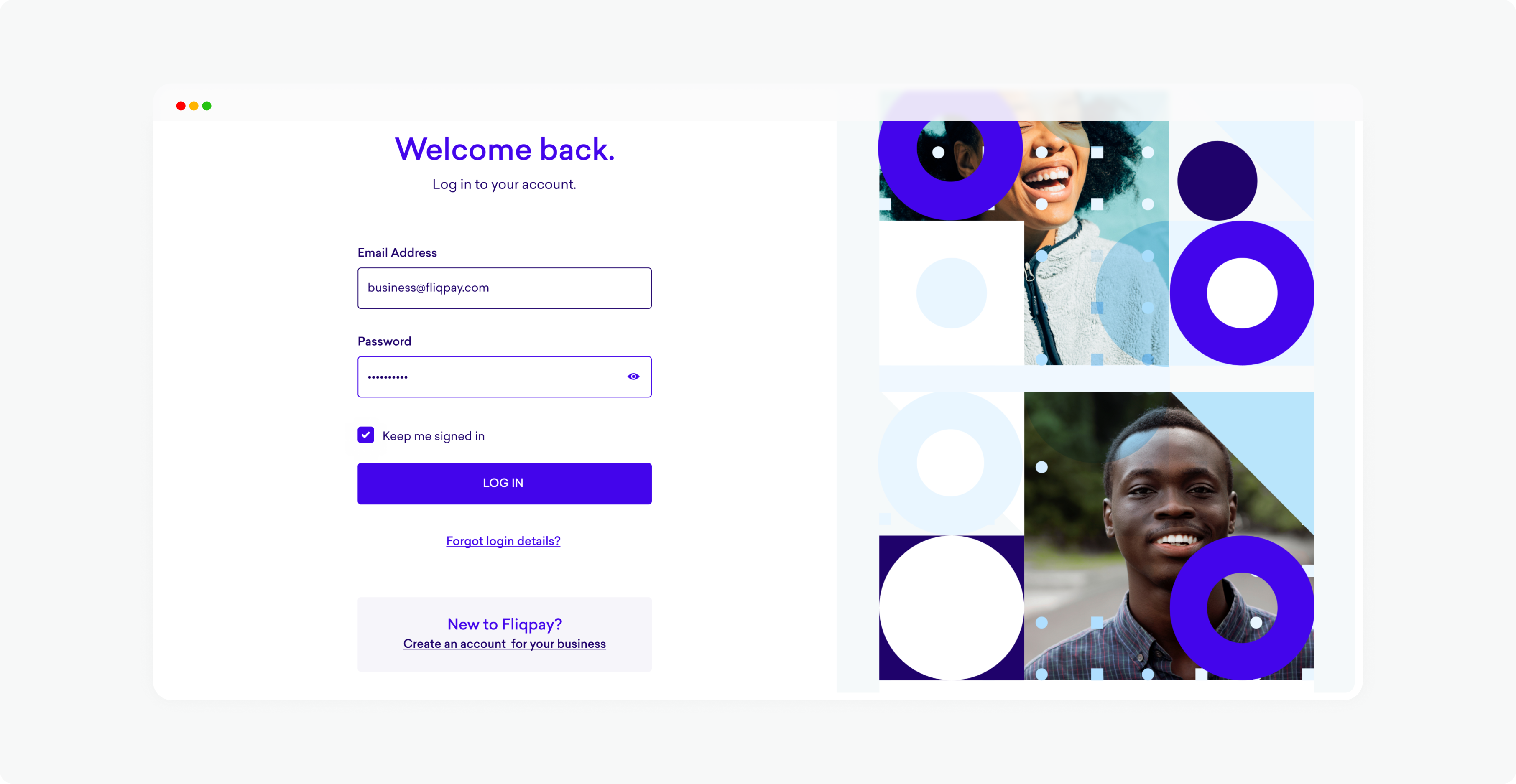
Roles
Product Design • Strategy
As the first design hire, I led the end-to-end design of V1.0 of Fincra in collaboration with two software engineers and a product manager. As part of the team, I also helped to define, implement and validate the product vision at both high and granular levels.
Context
Fintech • Crypto
Fincra is a crytocurrency payments company that enables businesses receive payments in cryptocurrencies & get settled in their local currency.
Born out of a need to create a new way to process payments for businesses & non-profits in Africa, Fincra was founded by young entrepreneurs who wanted to democratize the payment landscape in Africa. Currently, businesses are only able to receive payments for transactions and get settled in not less than 3 to 5 business days. Coupled with hefty transaction fees and international business restrictions, these businesses struggle to scale operations and grow customers.
FIncra solves these issues by providing the tools and technology that businesses need at different stages of their growth. From instants settlements, and multi currency support to a powerful dashboard, businesses can now focus on rendering their best services and worry less about payment issues.
The Problem
Old ways for a modern world.
Design
To start, I facilitated discovery sessions and requirement gathering with the team to understand business goals, and brainstorm towards a collective goal for the project. It was simple. Give businesses control over how they get paid for their services and products. After several meetings with engineers, we set out technical specs and requirements, the design phase started with mapping out the customer journey. In this exercise, I spoke to business owners to understand how they currently solve payment issues for their customers and what pain points they experience in the process.
To maximise the impact of the design process, I worked in tandem with two engineers to iterate quickly and deliver an MVP, which was tested with the businesses I had spoken to earlier in the process.
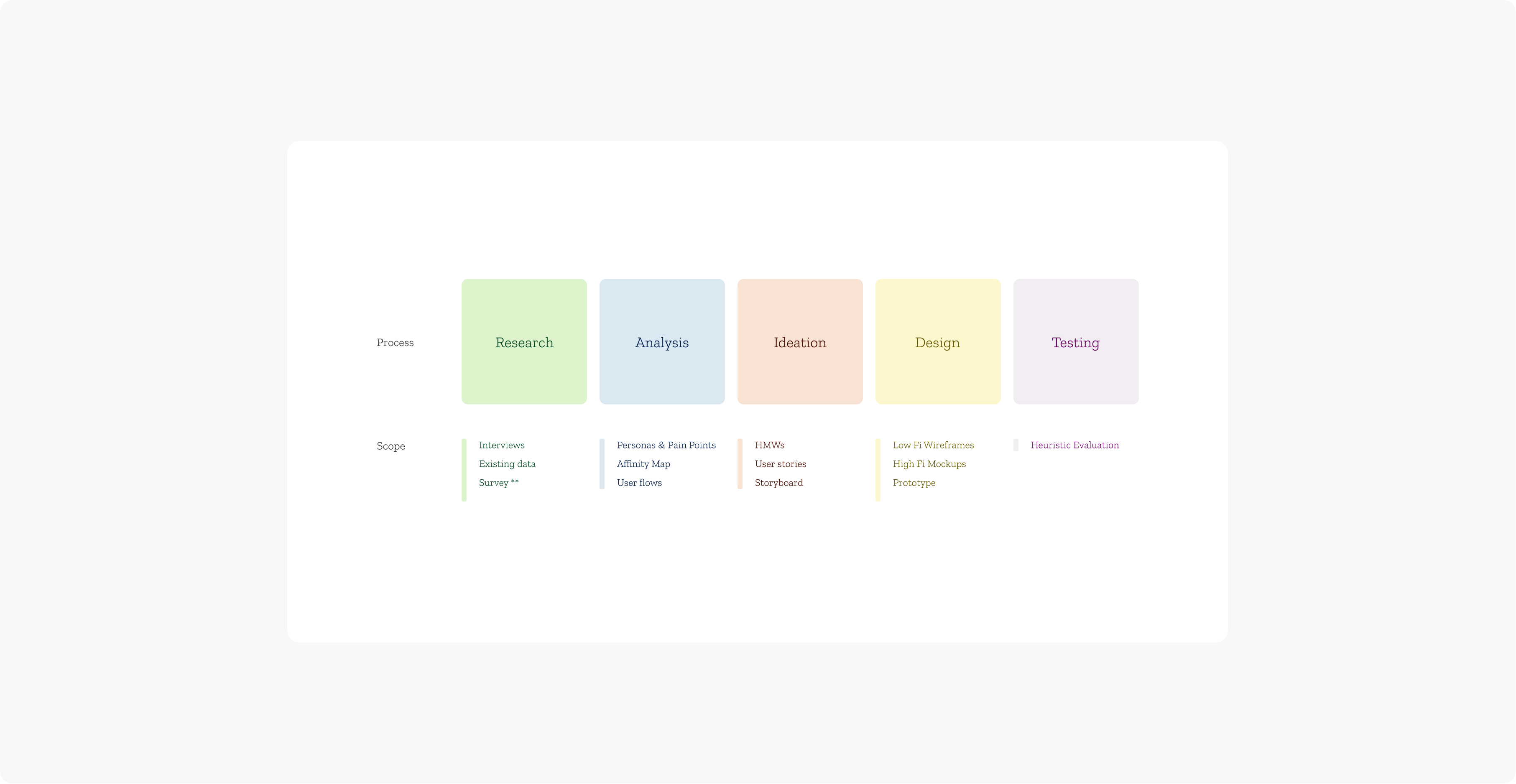
To get a sense of the current landscape, I carried out a survey to understand what was working and what wasn't working in different markets. The end goal of this survey was to validate three things - 1. How much of a need exists for Fincra's flagship product? 2. What parts of the process were extremely fragmented and 3. What could be done to tie all the moving pieces together. To follow up on the survey, and by means of contexual enquiry, I had a sit down with some business owners and managers to infer if the survey result data matched reality. Together we created mind maps to visually organize the information they provided. The results were not shocking.
Use Cases
- In some countries, freelancers working remotely, felt trapped by weak and devalued currencies. They were constrained to accepting payments using escrow services.
- Non profits raising money for charitable causes often ran into roadblocks when organizing and receivng donations from foreign contributors.
- For businesses, particularly those involved in international trade, they were experiencing loss of value due to disrupted transactions & crazy chargebacks.
- For these businesses, some of their customers were not getting enough options for cross border payments.
Making use of low fidelity wireframes and user flow diagrams, I was able to visualize the data from user research. By collaborating with the engineering team, I came to understand the constraints of design decisions on building this product. Another way I reinforced my design decisions, was using A/B testing for core parts of the UI.
A real solution
Instant Settlements
Payments
Unlike existing payment gateways and processors, Fincra takes the guess work out of when a merchant get settled. With payment tools, advanced settings and controls, merchants can decide how they get paid and when they get payouts. It removes the complications surrounding following up with customers to confirm payments, either split or in full.
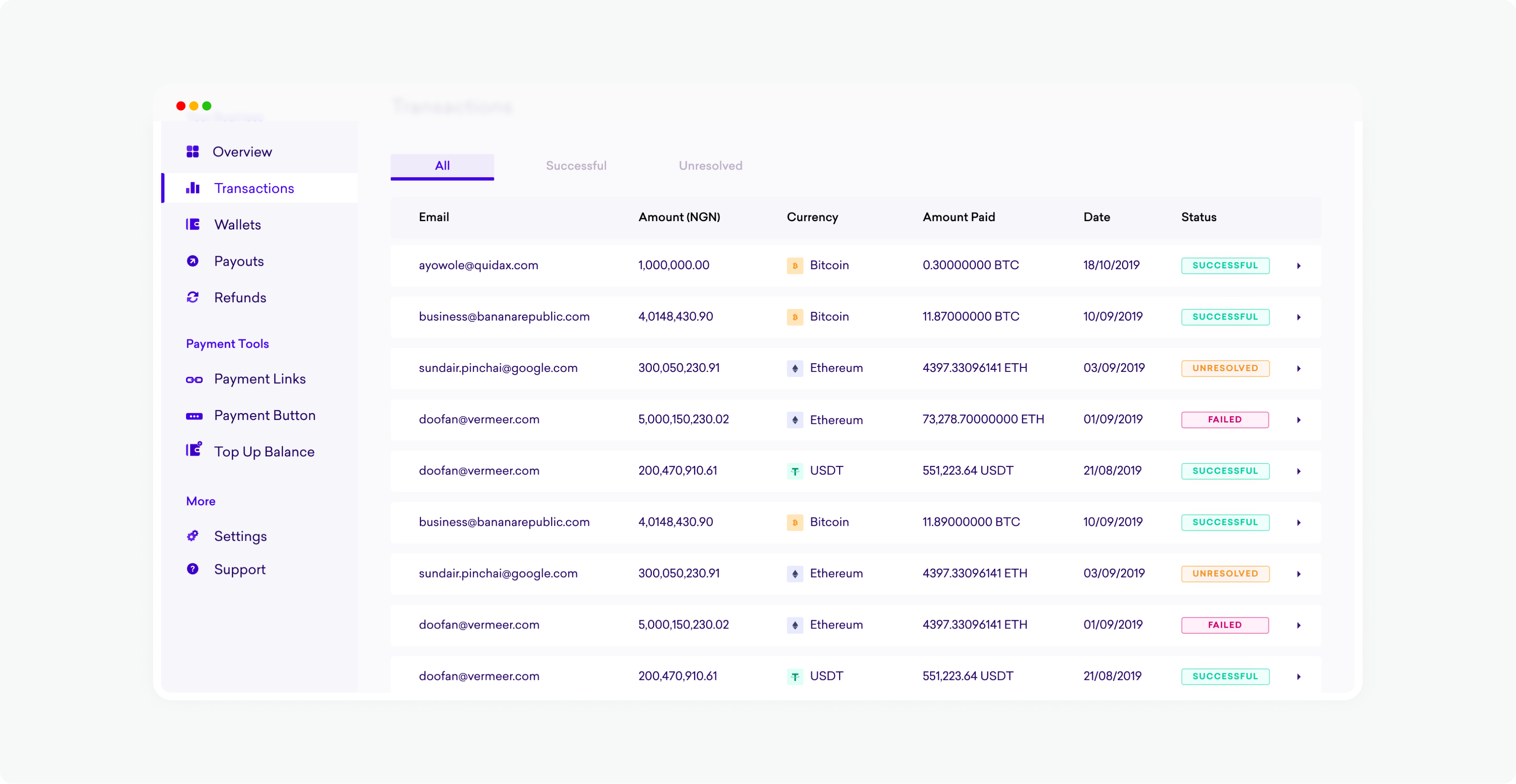
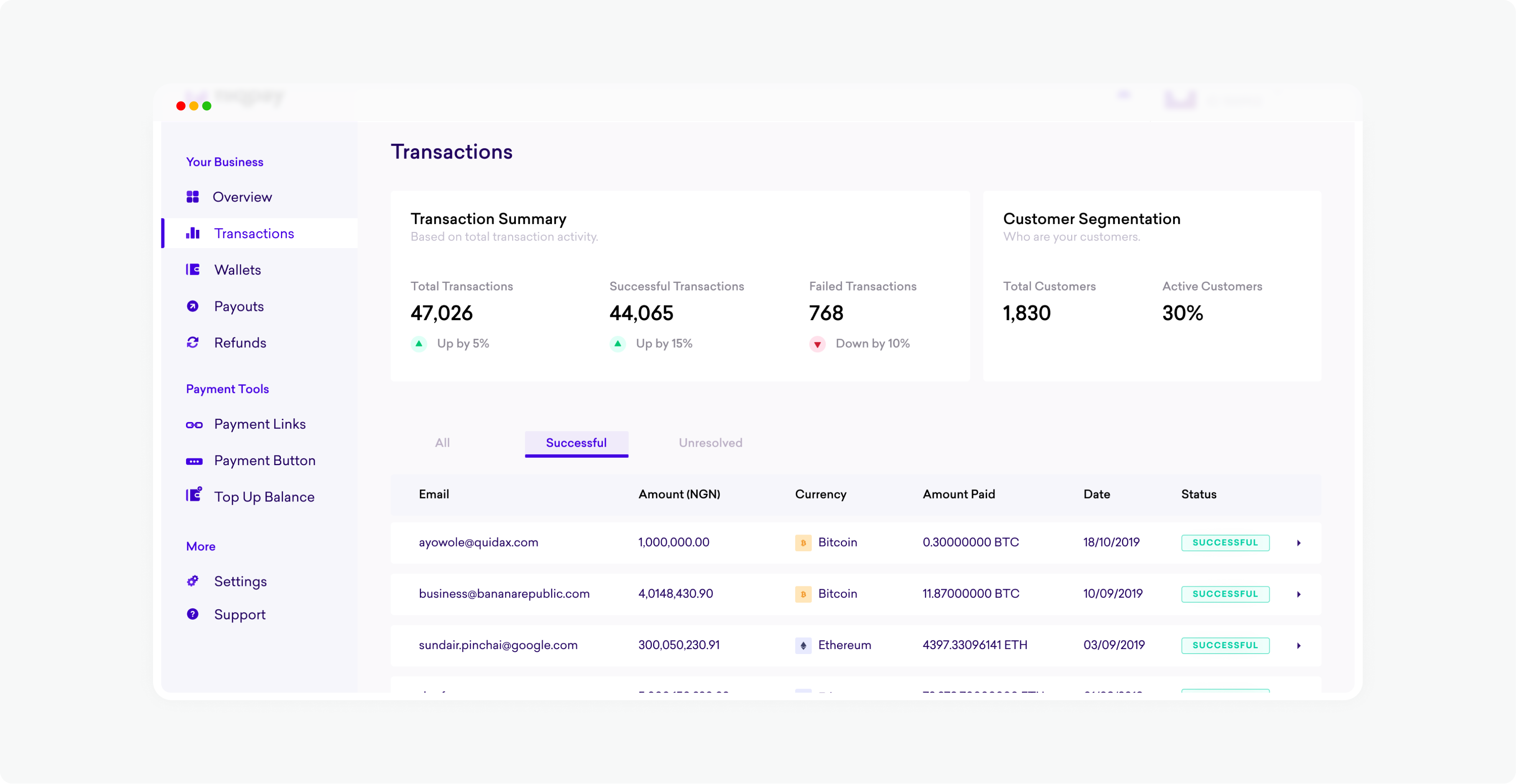
Transactions
A living transaction, where a transaction's status is always communicated to the user. For instance, if a payment is made, it stays in flux until certain conditions are met. This way businesses are able to follow the journey of every transaction from beginning to end.
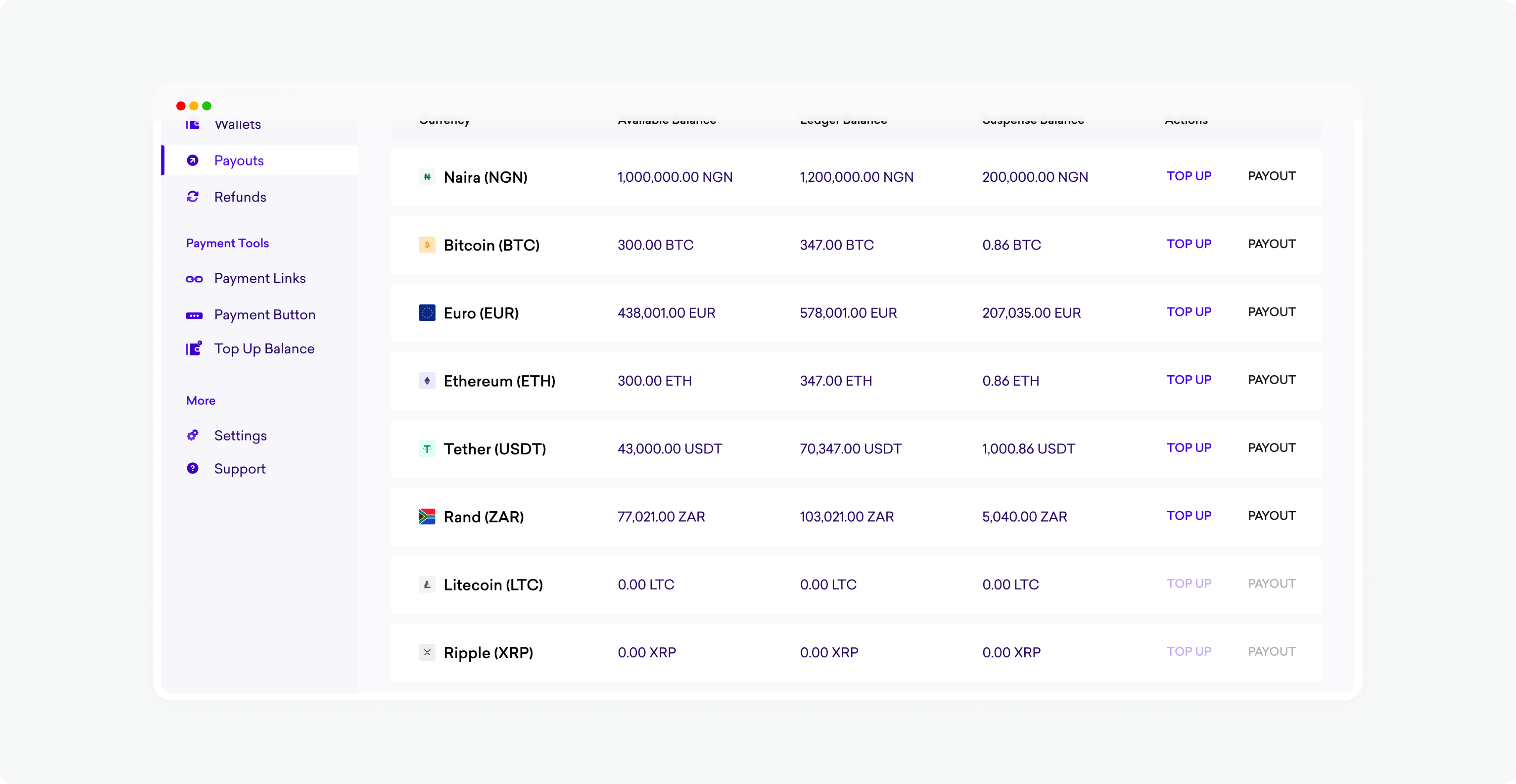
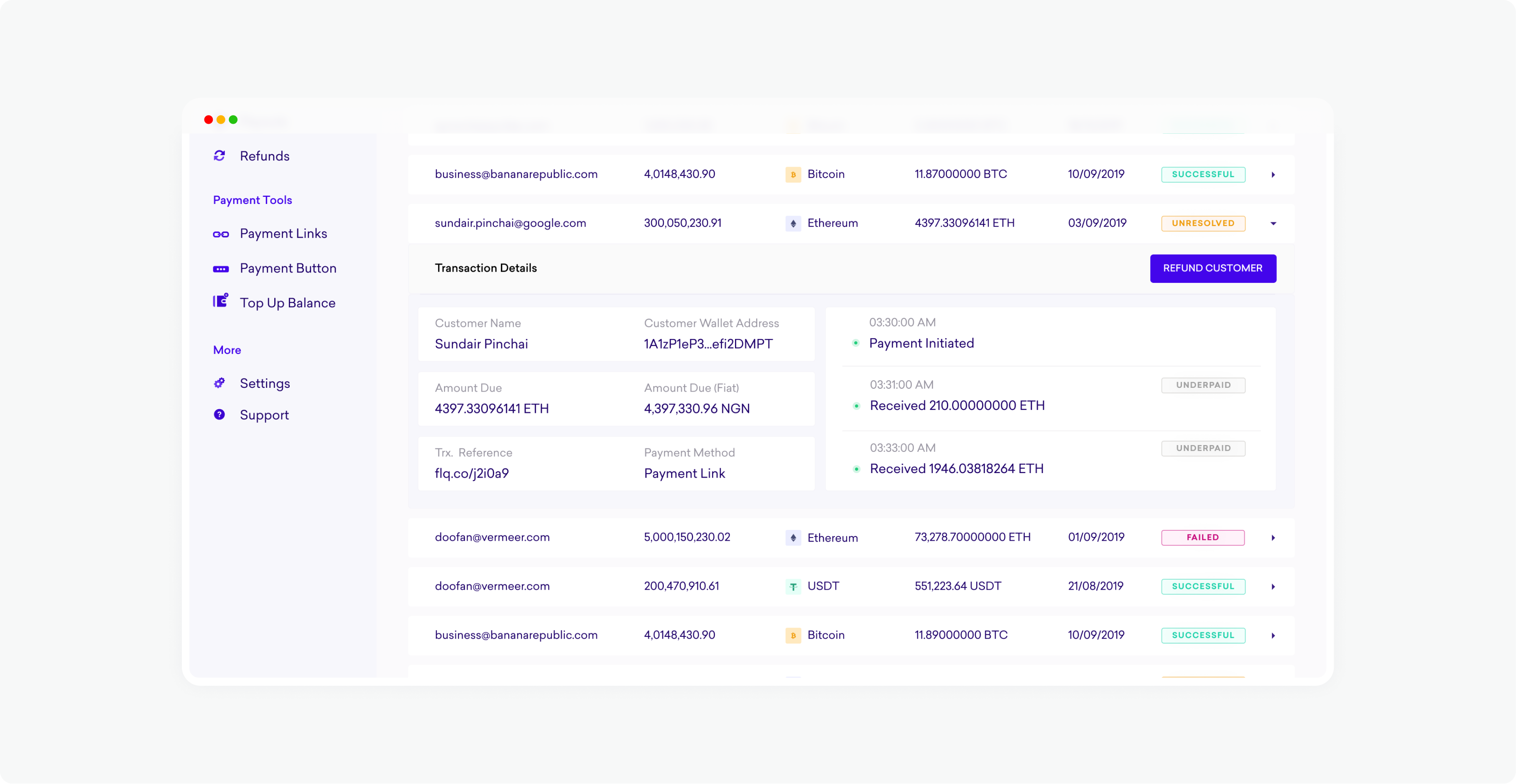

Iterative Design.
Through the design phase, I conducted design reviews and crits, to get feedback using high fidelity prototypes. Using collaborative tools and remote usability testing techniques, I got instant feedback, which I used to iterate faster. Routinely, test sessions were organized with both the core team and users to validate our existing assumptions and new insights. We tested for a variety of user scenarios and edge cases to be sure we aligned as many design and engineering deliverables with business goals and user needs.